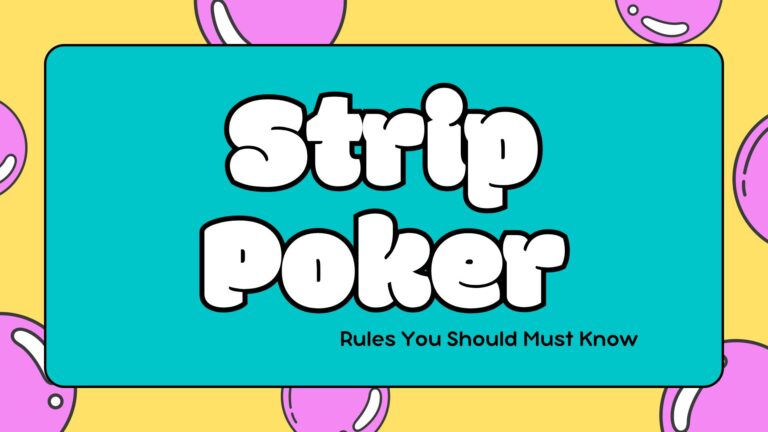“Level up your health with the power of gaming technology.”
The intersection of gaming and health technology refers to the integration of gaming principles and technologies into the field of healthcare. This emerging field explores how gaming can be used to improve health outcomes, enhance patient engagement, and promote wellness. By leveraging the interactive and immersive nature of games, health technology developers are finding innovative ways to address various health challenges and provide personalized healthcare experiences. This intersection holds great potential for revolutionizing healthcare delivery and empowering individuals to take control of their own health and well-being.
The Impact of Virtual Reality on Physical Rehabilitation
The Impact of Virtual Reality on Physical Rehabilitation
Virtual reality (VR) technology has made significant advancements in recent years, and its potential applications in various fields are becoming increasingly evident. One area where VR has shown great promise is in physical rehabilitation. By immersing patients in virtual environments, VR can provide a unique and effective way to enhance the rehabilitation process.
Traditional physical rehabilitation often involves repetitive exercises that can be monotonous and demotivating for patients. However, VR offers an exciting alternative by creating immersive and interactive experiences that make therapy sessions more engaging and enjoyable. Through the use of specialized VR headsets and motion-tracking devices, patients can enter virtual worlds where they can perform exercises and activities that mimic real-life movements.
One of the key advantages of VR in physical rehabilitation is its ability to provide immediate feedback to patients. In traditional therapy, patients rely on verbal instructions and visual demonstrations from therapists to learn and perform exercises correctly. However, with VR, patients can receive real-time feedback on their movements, allowing them to make adjustments and improve their technique instantly. This immediate feedback not only enhances the effectiveness of therapy but also empowers patients to take an active role in their own recovery.
Moreover, VR technology can simulate real-life scenarios that patients may encounter during their rehabilitation journey. For example, a patient recovering from a stroke may need to relearn how to perform daily activities such as cooking or getting dressed. VR can recreate these scenarios, allowing patients to practice these tasks in a safe and controlled environment. By repeatedly engaging in these virtual activities, patients can regain their confidence and independence, ultimately improving their overall quality of life.
Another significant benefit of VR in physical rehabilitation is its ability to motivate patients. Traditional therapy can be physically and mentally demanding, leading to feelings of frustration and boredom. However, VR offers a more immersive and enjoyable experience, making therapy sessions feel like a game rather than a chore. By incorporating elements of gamification, such as rewards and challenges, VR can motivate patients to push themselves further and stay committed to their rehabilitation program.
Furthermore, VR technology allows therapists to track and analyze patients’ progress more accurately. By capturing data on patients’ movements and performance in virtual environments, therapists can gain valuable insights into their strengths and weaknesses. This data-driven approach enables therapists to tailor rehabilitation programs to each patient’s specific needs, ensuring that they receive the most effective treatment possible.
While VR technology has shown great promise in physical rehabilitation, it is important to note that it is not a replacement for traditional therapy. Rather, it is a complementary tool that can enhance the rehabilitation process. The expertise and guidance of trained therapists are still crucial in designing and monitoring patients’ rehabilitation programs.
In conclusion, virtual reality technology has the potential to revolutionize physical rehabilitation by providing an immersive and interactive experience for patients. By offering immediate feedback, simulating real-life scenarios, motivating patients, and enabling accurate progress tracking, VR can significantly enhance the effectiveness and efficiency of rehabilitation programs. As VR continues to evolve, it is likely to become an integral part of the healthcare industry, improving the lives of countless individuals on their journey to recovery.
Gamification in Mental Health Treatment
Gamification in Mental Health Treatment
In recent years, the intersection of gaming and health technology has gained significant attention. One area where this intersection has proven to be particularly promising is in the field of mental health treatment. Gamification, the application of game design elements and principles to non-game contexts, has emerged as a powerful tool in improving mental health outcomes. By incorporating game-like features into therapy and self-help interventions, gamification has the potential to engage and motivate individuals, enhance treatment adherence, and ultimately improve mental well-being.
One of the key advantages of gamification in mental health treatment is its ability to engage individuals in a way that traditional therapy often struggles to achieve. Many people find therapy sessions intimidating or boring, leading to low motivation and disengagement. However, by introducing game-like elements such as points, levels, and rewards, gamification can make therapy more enjoyable and interactive. This increased engagement can lead to a greater willingness to participate in treatment and a more positive attitude towards therapy.
Furthermore, gamification can also enhance treatment adherence, which is a critical factor in achieving positive mental health outcomes. Traditional therapy often requires individuals to complete various exercises or homework assignments outside of sessions. However, many individuals struggle to stay motivated and consistent with these tasks. Gamification can address this issue by providing immediate feedback, tracking progress, and offering rewards for completing tasks. These features can help individuals stay motivated and committed to their treatment plan, leading to better outcomes.
Moreover, gamification can also provide individuals with a sense of autonomy and control over their mental health journey. In traditional therapy, individuals often rely heavily on the guidance and expertise of their therapist. While this guidance is essential, it can sometimes make individuals feel passive and dependent on external support. Gamification allows individuals to take an active role in their treatment by setting goals, making choices, and tracking their progress. This sense of autonomy can empower individuals and increase their confidence in managing their mental health.
Additionally, gamification can be particularly beneficial for individuals with conditions such as anxiety or depression, where motivation and engagement can be significant challenges. These conditions often involve symptoms such as low energy, lack of interest, and difficulty concentrating, making it difficult for individuals to engage in therapy or self-help interventions. By incorporating game-like elements, such as visually appealing graphics, interactive features, and engaging narratives, gamification can capture individuals’ attention and motivate them to participate actively in their treatment.
Furthermore, gamification can also provide individuals with a sense of social connection and support, which is crucial for mental well-being. Many gamified mental health interventions include features that allow individuals to connect with others who are going through similar experiences. This social support can help individuals feel understood, validated, and less alone in their struggles. Additionally, gamification can also facilitate the formation of online communities where individuals can share their experiences, provide support, and celebrate each other’s achievements.
In conclusion, gamification has emerged as a powerful tool in mental health treatment. By incorporating game-like elements into therapy and self-help interventions, gamification can engage and motivate individuals, enhance treatment adherence, and provide a sense of autonomy and control. Moreover, gamification can be particularly beneficial for individuals with conditions such as anxiety or depression, where motivation and engagement can be significant challenges. As the field of mental health continues to evolve, gamification offers exciting possibilities for improving mental well-being and transforming the way we approach mental health treatment.In conclusion, the intersection of gaming and health technology has shown great potential in improving various aspects of healthcare. Through the use of gamification, virtual reality, and other gaming technologies, healthcare professionals can enhance patient engagement, promote healthy behaviors, and provide effective rehabilitation and therapy. Additionally, gaming technology has the potential to revolutionize medical training and education, allowing for more immersive and interactive learning experiences. While there are still challenges to overcome, the integration of gaming and health technology holds promise for the future of healthcare.










